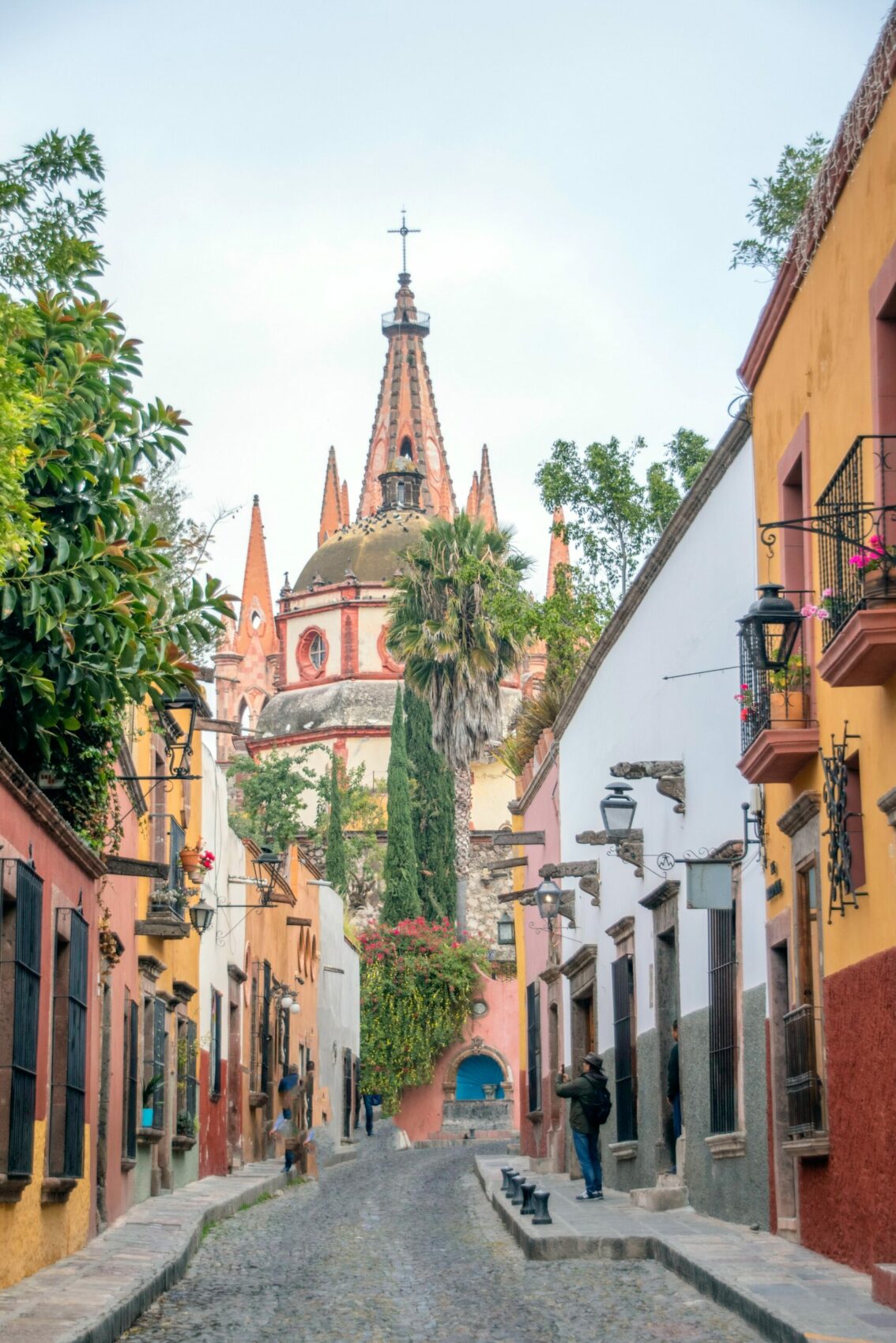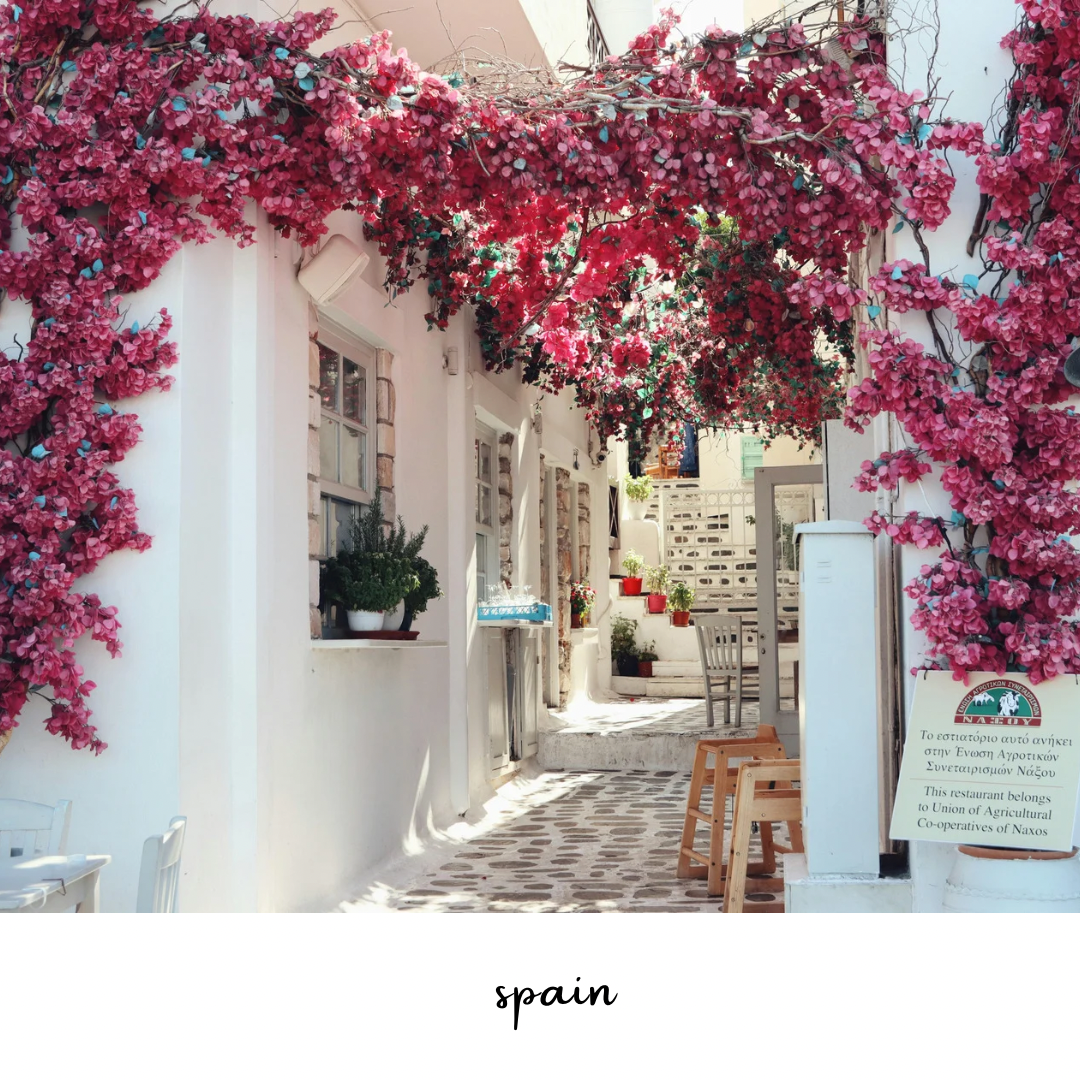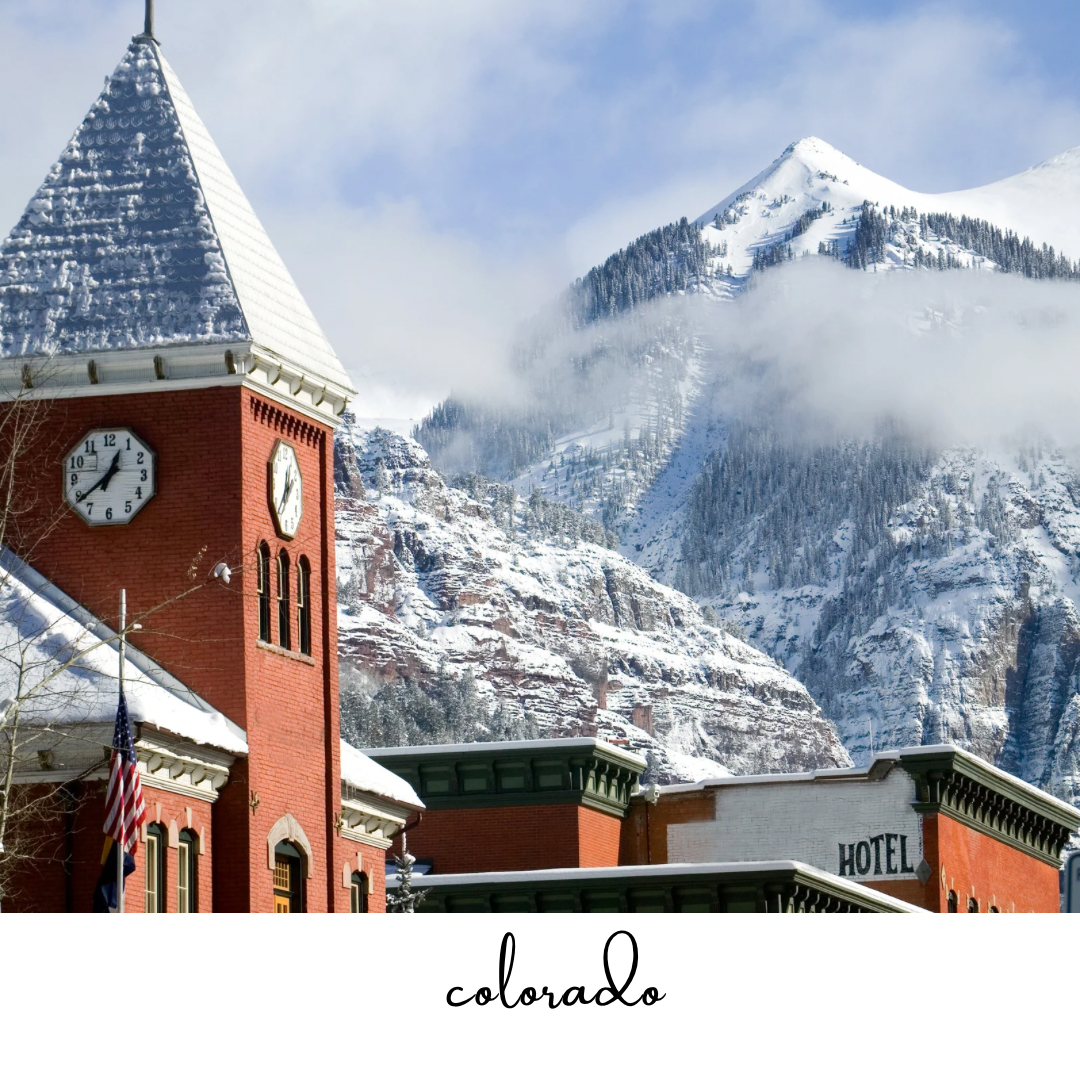
Nestled high in the central highlands of Mexico, the enchanting town of San Miguel de Allende beckons travelers with its timeless charm, vibrant culture, and breathtaking architecture. Often regarded as one of Mexico’s most beautiful and culturally rich destinations, San Miguel de Allende promises an unforgettable journey. Join me as I explore this jewel of a town and discover why it’s a must-visit for wanderers seeking an authentic Mexican experience.
The Historical Heartbeat
San Miguel de Allende boasts a captivating history dating back to the 16th century. The town’s cobbled streets and well-preserved colonial architecture transport visitors to another era. The iconic Parroquia de San Miguel Arcángel, with its pink neo-Gothic spires, stands as a testament to the town’s rich heritage.
Artistic Inspiration
San Miguel has long been a haven for artists and creative souls. Wander through the numerous art galleries, studios, and craft markets that dot the town. The Instituto Allende, an art school founded in the 1950s, has played a significant role in nurturing local and international talent.
Festivals and Celebrations
San Miguel de Allende comes alive with colorful celebrations and festivals throughout the year. The Day of the Dead, Semana Santa (Holy Week), and the vibrant fiestas that honor various saints offer a chance to witness the town’s rich cultural traditions and spirit.
Culinary
San Miguel’s culinary scene is a delight for food enthusiasts. Savor traditional Mexican dishes, international cuisine, and farm-to-table creations in charming courtyards and elegant dining rooms. Don’t forget to sample the local street food, including tacos and tamales.
Cobblestone Streets
Stroll through the town’s charming streets lined with bougainvillea-draped balconies, wrought-iron details, and colorful facades. The Jardín Principal, the main square, is a central gathering place where locals and visitors come together.
Nearby Attractions
While in San Miguel, consider exploring the surrounding area. Take a day trip to the hot springs of La Gruta or visit the nearby town of Guanajuato, known for its subterranean streets and vibrant arts scene.
Language and Culture
San Miguel de Allende is an excellent place to immerse yourself in the Spanish language and Mexican culture. Many language schools offer classes, making it an ideal destination for language learners.
Sunset Views
End your day with a climb to El Mirador, a viewpoint offering panoramic vistas of the town and the surrounding countryside. Watching the sun dip below the horizon here is a moment of tranquility and beauty.
San Miguel has numerous rooftop bars and restaurants where you can watch the sunset. To discover the most spectacular views, read my blog on the best-rated rooftop bars in San Miguel read blog




- Budget Accommodation:
Hostels and budget hotels can range from $20 to $70 per night. These options offer basic amenities and are suitable for travelers on a budget.
- Mid-Range Accommodation:
Mid-range hotels and guesthouses typically range from $70 to $150 per night. These options provide more comfort and amenities, making them popular among many travelers.
- Luxury Accommodation:
High-end hotels and boutique resorts in San Miguel de Allende can cost $150 to $300 or more per night. These luxurious properties often feature elegant rooms, fine dining options, and additional amenities like spas and fitness centers.
- Vacation Rentals:
If you prefer vacation rentals, prices can vary widely based on the size and location of the property. A vacation rental can range from $70 to $300 or more per night, depending on your choices.
- Food:
Dining in San Miguel de Allende can be very affordable, especially if you eat at local markets, street food stalls, and modest restaurants. Budget travelers can expect to spend around $5 to $15 per meal, while dining in mid-range restaurants might cost $15 to $30 or more per person.
- Transportation:
Public transportation in San Miguel de Allende is reasonably priced. Local buses and taxis are convenient options for getting around the town. If you’re traveling to or from other cities in Mexico, consider bus or shuttle services.
- Attractions:
Many of San Miguel’s attractions, including museums and historic sites, have reasonable entrance fees, typically ranging from $1 to $5 or more. Some attractions may offer discounts for students or seniors.
- Shopping:
San Miguel de Allende is known for its artisan crafts, including textiles, ceramics, and silverware. Prices for souvenirs and local handicrafts can vary widely, but bargaining is common in markets and craft shops.
Overall, the cost of staying in San Miguel de Allende can be quite reasonable, especially for budget-conscious travelers. Your overall cost will depend on your travel style, the length of your stay, and your personal preferences for dining and activities. By choosing budget-friendly options and exploring local markets and street food, you can enjoy a memorable stay in San Miguel de Allende without breaking the bank.
San Miguel de Allende, with its historic allure, artistic spirit, and warm hospitality, is a destination that captures the hearts of all who visit. Whether you’re captivated by its architecture, inspired by its art, or simply seeking a place to relax and savor the flavors of Mexico, San Miguel de Allende promises an unforgettable journey. As you explore its streets and immerse yourself in its culture, you’ll discover why this jewel of a town has earned its place among the world’s most cherished travel destinations.






San Miguel is famous for its star lights, which are displayed throughout the town. You can also purchase these star lights to have them shipped to your home.



Dia de los muertos
We came here during Dia de los Muertos celebrations. It’s a great time to visit Mexico and experience this festive holiday.
Dia de los Muertos,” also known as the Day of the Dead, is a vibrant and deeply meaningful holiday celebrated in Mexico and by Mexican communities around the world. This multi-day festival, which typically takes place from October 31st to November 2nd, is a unique blend of indigenous traditions and Catholicism, and it’s dedicated to honoring and remembering deceased loved ones. Here’s a description of Dia de los Muertos:
Altars (Ofrendas): One of the central elements of Dia de los Muertos is the creation of altars, known as “ofrendas.” These altars are adorned with marigold flowers (known as cempasúchil), candles, incense, and colorful decorations. Families place photographs of their deceased relatives on the altars, along with their favorite foods, beverages, and personal belongings. These offerings are meant to welcome the spirits of the departed back to the world of the living.
Calaveras: Calaveras, or sugar skulls, are intricately decorated skull-shaped candies made from sugar, chocolate, or other edible materials. They are often personalized with the names of the deceased and serve as both offerings on ofrendas and as popular treats during the holiday.
Marigold Petals: Marigold petals are used to create elaborate paths and designs leading to the ofrendas. It’s believed that the vibrant orange and yellow colors of marigolds guide the spirits of the dead to their memorial altars.
Cemeteries: Families visit cemeteries to clean and decorate the graves of their loved ones. They spend time at the gravesites, sharing stories, singing songs, and enjoying meals together. It’s a time for reflection, love, and remembrance.
La Catrina: La Catrina, an elegant and stylish skeleton woman, is an iconic figure associated with Dia de los Muertos. She represents the idea that death is a part of life and encourages people to celebrate and embrace it rather than fear it.
Food and Drinks: Traditional foods associated with the holiday include pan de muerto (a sweet bread often decorated with bone-shaped pieces), mole, tamales, and atole. Families prepare the favorite dishes of their deceased relatives and share them during gatherings.
Processions and Parades: In some regions of Mexico, there are parades and processions featuring people dressed in elaborate costumes and painted faces to resemble skulls. These processions celebrate life, death, and the enduring connection between the living and the dead.
Candles and Incense: Candles and incense are lit to guide the spirits back to the world of the living and to create an atmosphere of reverence and mysticism.
Dia de los Muertos is a deeply spiritual and cultural celebration that emphasizes the importance of remembering and honoring those who have passed away. It’s a time of joy, reflection, and a beautiful way to celebrate the circle of life and death within Mexican culture.

















